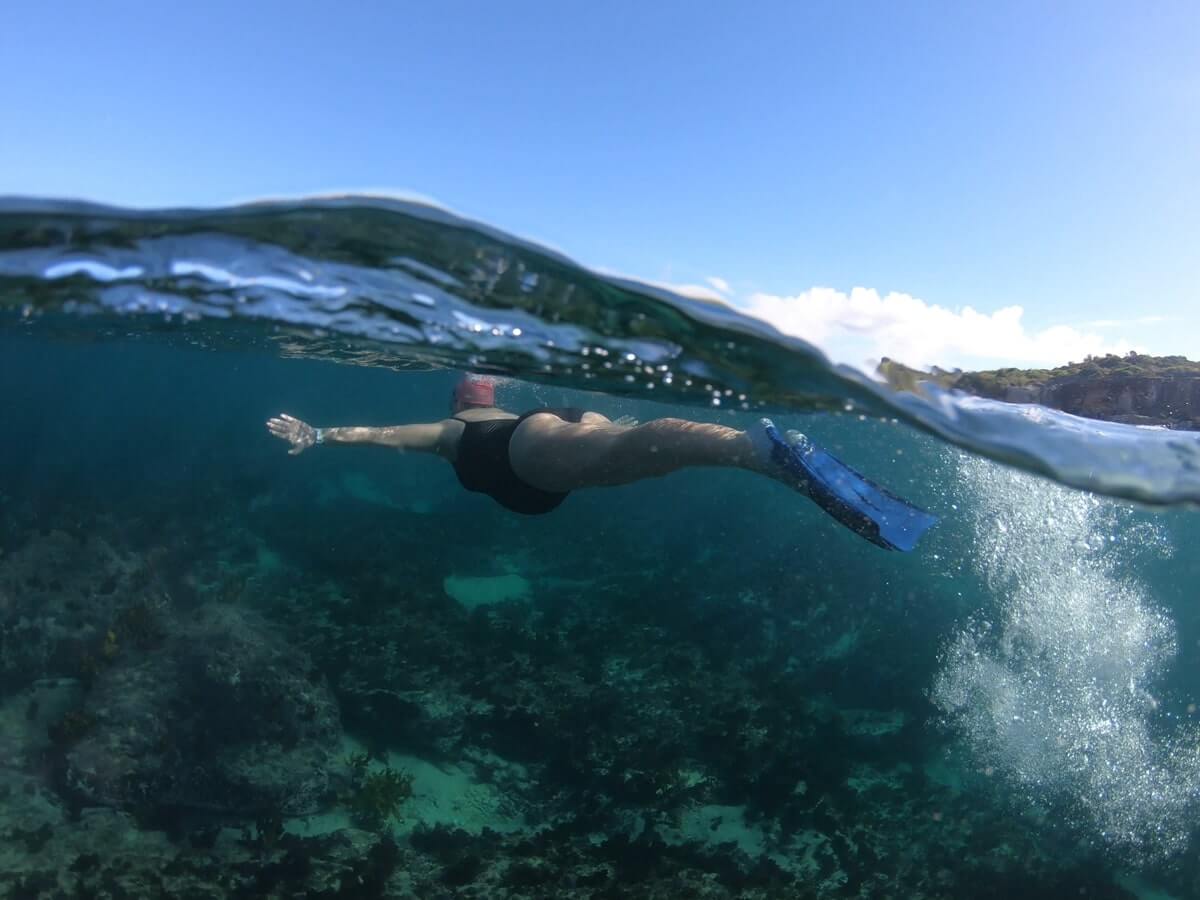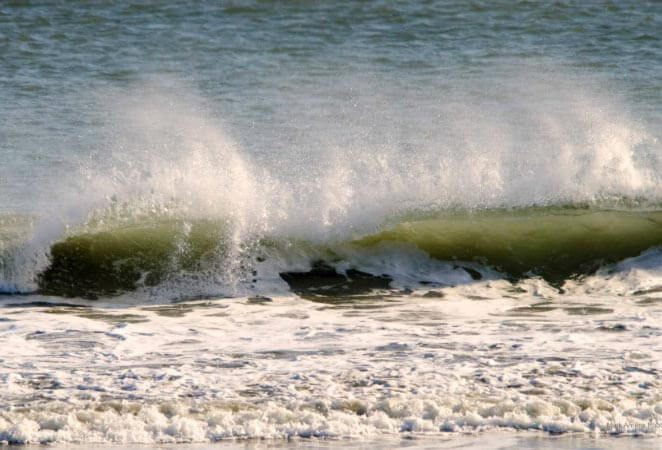Coastal geology: Tracing back coastal origins

What does walking from Diamond Head to Watsons Bay, Bondi to Coogee and Coogee to Maroubra all have in common?
They all involve walking across a massive deposit of rock called the Hawkesbury Sandstone whose origins can be traced back 300 million years ago when Australia was connected to Antarctica as part of a supercontinent called Gondwanaland.
The Eastern Suburbs landscape was already being shaped back then with lots of thrusting, bending and folding activity going on eventually creating a bowl-shaped depression that we now call the Sydney basin.

Slowly, the basin started to fill up with layers of sediments carried by ancient river systems. Some of the material was organic and turned into coal layers, which explains why coal is found at the surface to the north, south and west of Sydney, but only at depths of 900 metres in Sydney itself.
However, the dominant layer was a 300m thick layer of sand that turned into what we now call the Hawkesbury sandstone, which is what we see today.
As dinosaurs ran amok, Australia broke away and started to move slowly northwards thanks to the conveyor belt-like movement of the earth’s crustal plates.
Around 120 million years ago, New Zealand began to split from Australia creating the Tasman Sea and leaving our eastern coast with a steep and narrow continental shelf. Now exposed to waves and salt spray, the Hawkesbury sandstone cliffs slowly eroded back creating a coastline full of nooks and crannies and leaving behind a wide, flat rock platform that got covered with sand delivered to the coast by more ancient rivers.
The last two million years of the earth’s history has been dominated by a series of ice ages which resulted in the sea-level going up and down like a yo-yo, the last sea-level rise ended 6500 years ago and formed our beaches.
Our beaches may have only been around that long, but much of the sand on them are millions of years old and originated from rocks in the vicinity of outback New South Wales.





Dear Rob – Could you tell me what the rock type is at Pebbly Beach in Forster. Seeing that you are interested in coastal Geology.
Thanks
Lisa
Thanks Rob and Hi,
How many mm per year on average does the sandstone cliff face on Queenscliff headland erode, and are rock falls common? I sometimes get worried walking below them. Thanks in advance